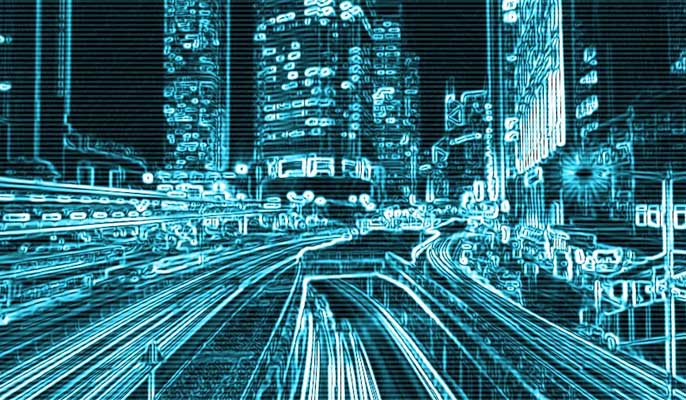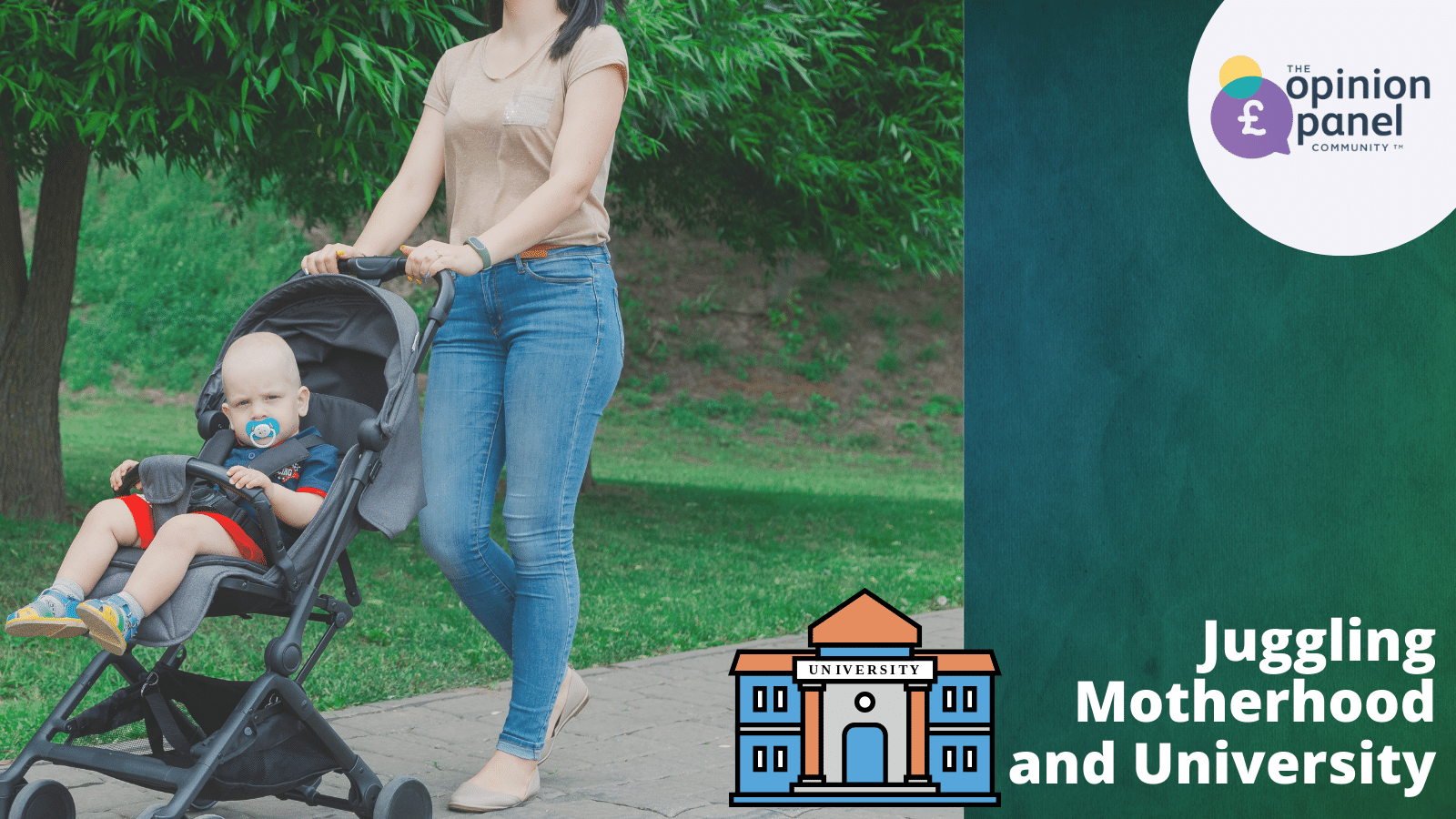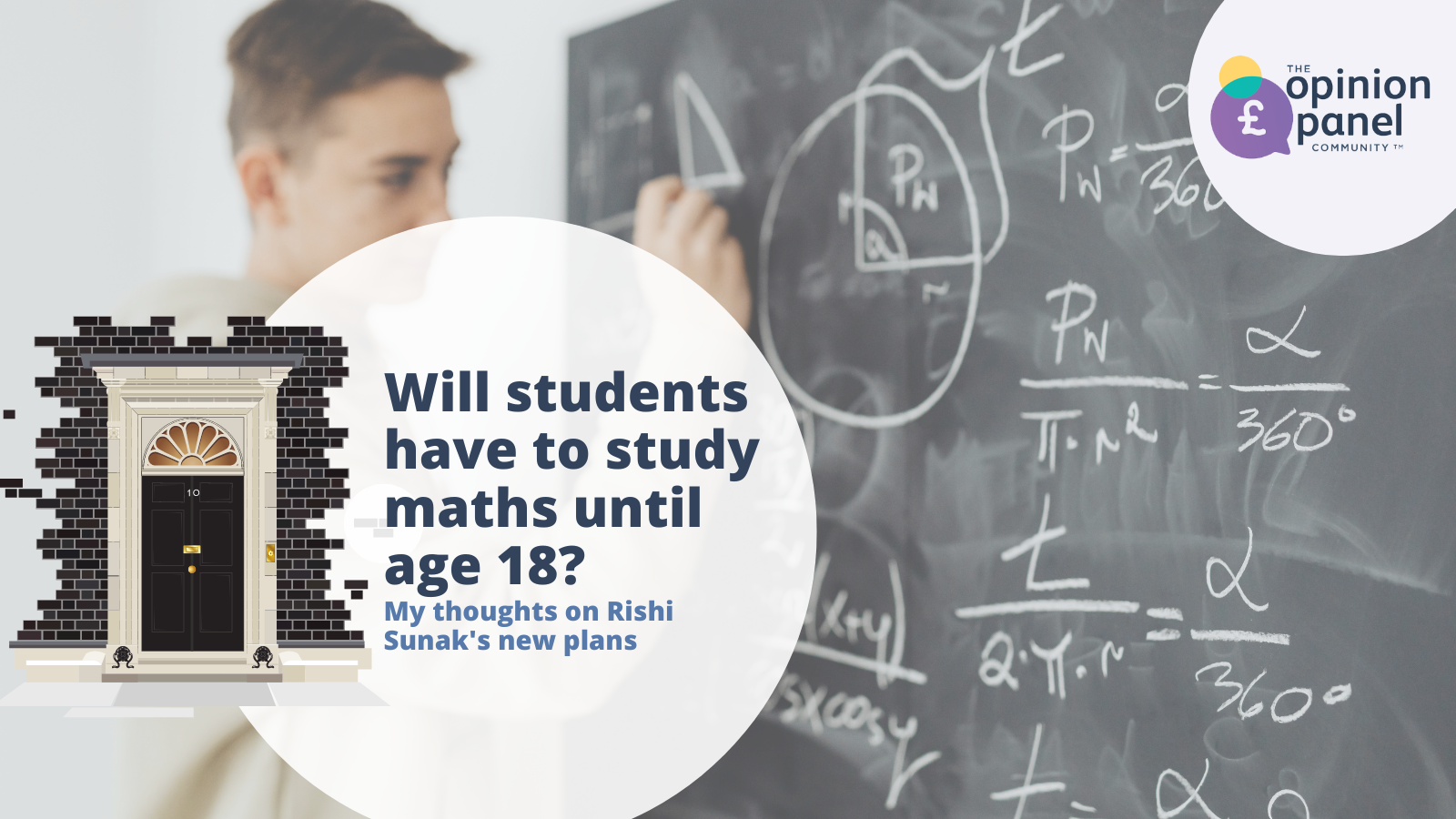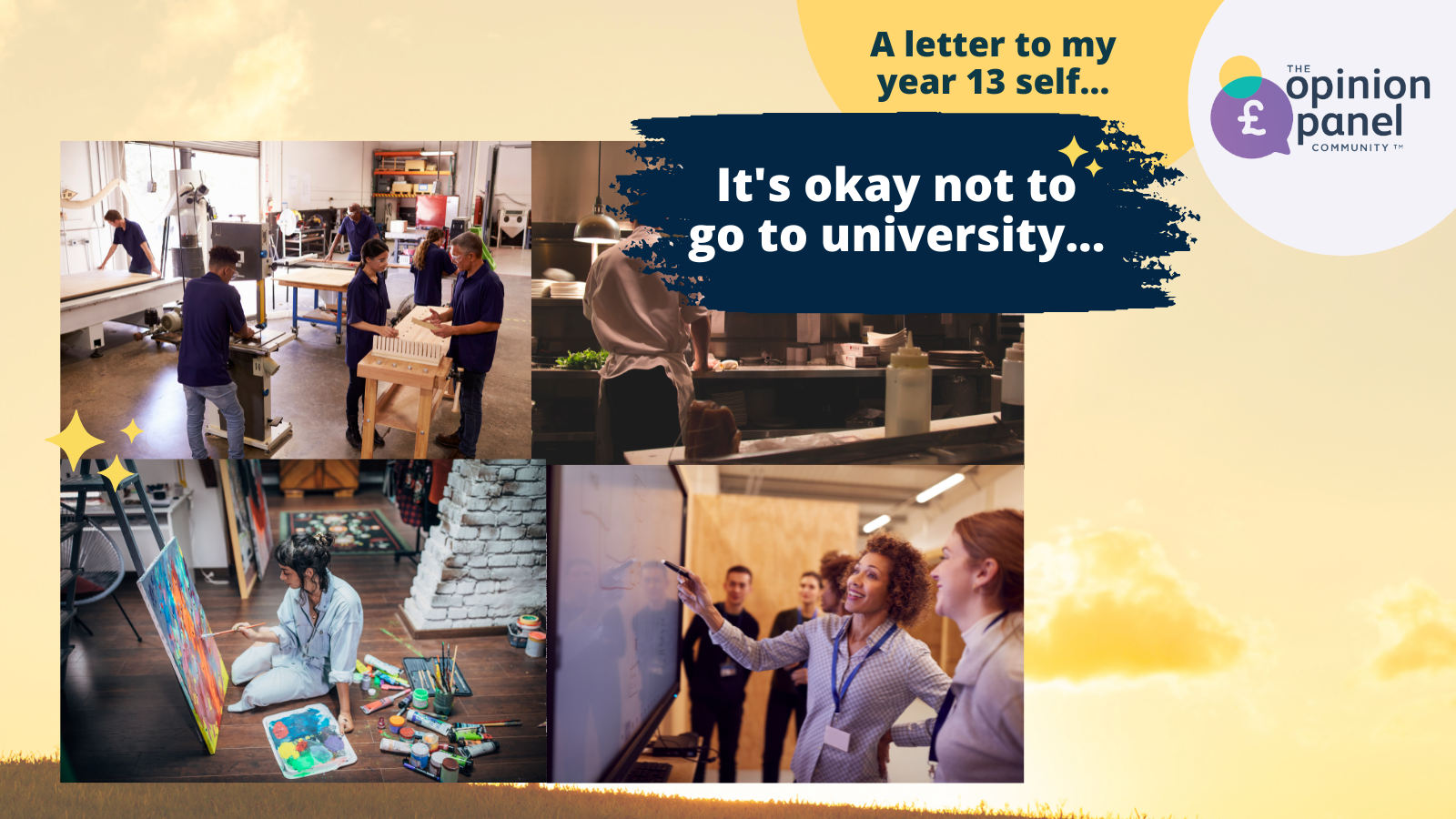
Public spaces have long been an integral part of society; they serve as a critical meeting point for protestors, artists, lovers, and friends. Over the last five years or so, however, the “public space” has been redefined.
While they still allow for physical connections, advances in Internet of Things (IoT) technology, improved mobile connectivity etc has led to public spaces enabling isolation, not connectivity. It’s no longer uncommon to see people lost in their smartphones, oblivious to the world around them in these spaces. Hatuka and Toch (2014) put it best when they said- “The use of location-based applications and location-aware technologies contribute to individualising people’s perceptions of public spaces, and it is impossible to see place and location in hierarchical positions; rather, they are juxtaposed.”
Battling against the rising use of technology is not new, but in the public space, there seems to be little opposition. Barely anyone seems concerned or surprised to see others walking with headphones or hunched over their devices. This has motivated companies to invest increasing sums of money in digitising public spaces. Google’s ‘City of the Future’ in Toronto is a prime example of an internet-first city. While this may seem like an ideal adaptation to an increasingly digital world, public spaces will suffer and lose their identity if this dream becomes a reality.
Are cities becoming too digital? 🏙️📱📶 #digitalcities #future
— OpinionPanel (@OpinionPanelC) December 17, 2018
Almost all major cities in the west have public spaces known for their street artists, who bring a distinct flavour and sound. Whether they are musicians or singers, performers or statues, these people reflect the identity of each city. As more and more people are engrossed in their phones, these artists lose out on a potential audience, and most importantly a source of revenue. If fewer people watch and pay for their performance, fewer artists will be encouraged to perform. Watching a stuntman put his life at risk, or a musician sing the latest hit gives us a much-needed escape from our busy schedules and allows us to connect with the world around us.
It is not uncommon for people to miss something beautiful or even important while they are buried in their phones. Parks are getting more polluted, and smaller street protests get little coverage because they do not cause much inconvenience. This is all because we have lost our ability to connect with the outside world, but it is something that can be easily reversed. By going back to more traditional designs with centrally located large areas that are off-limits to vehicles. Rather than created new spaces outside the city, urban planners and governments need to design public spaces that are well within the city limits. Even if it is a park, rather than a plaza it enables a more aware and connected public.
Today as smaller cities grow to offset the crowds in large capitals, urban planners are busy figuring out public transportation, hospitals, schools, and houses but little attention is given to open public spaces. This attitude must change! We need to put more effort into creating large spaces that are truly at the heart of the city. Rather than providing Wi-Fi hotspots and charging points, we need spaces that provide more seating and shaded areas, as well as spaces for artists to perform. Having spaces for children to play, and adults to disconnect is critical if we are to remain physically aware of our surroundings.
We do not need more advancements, we just need to go back in time





